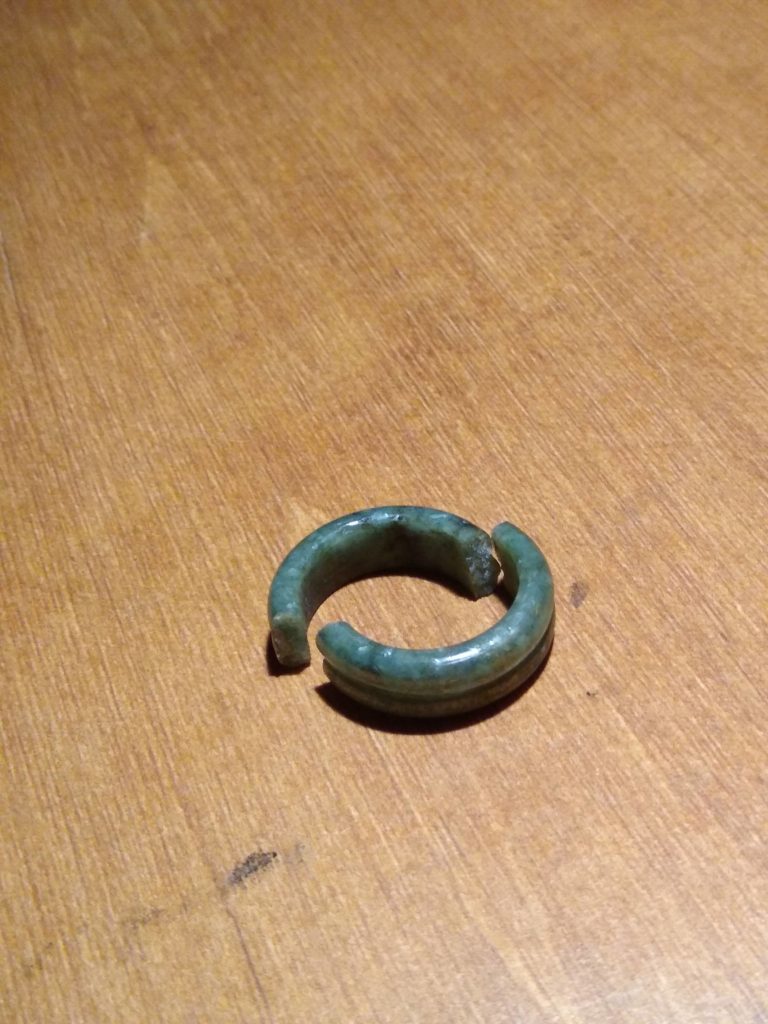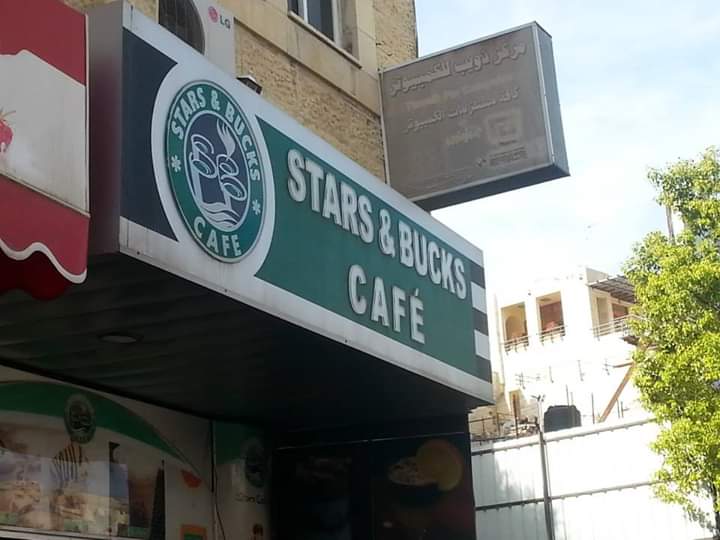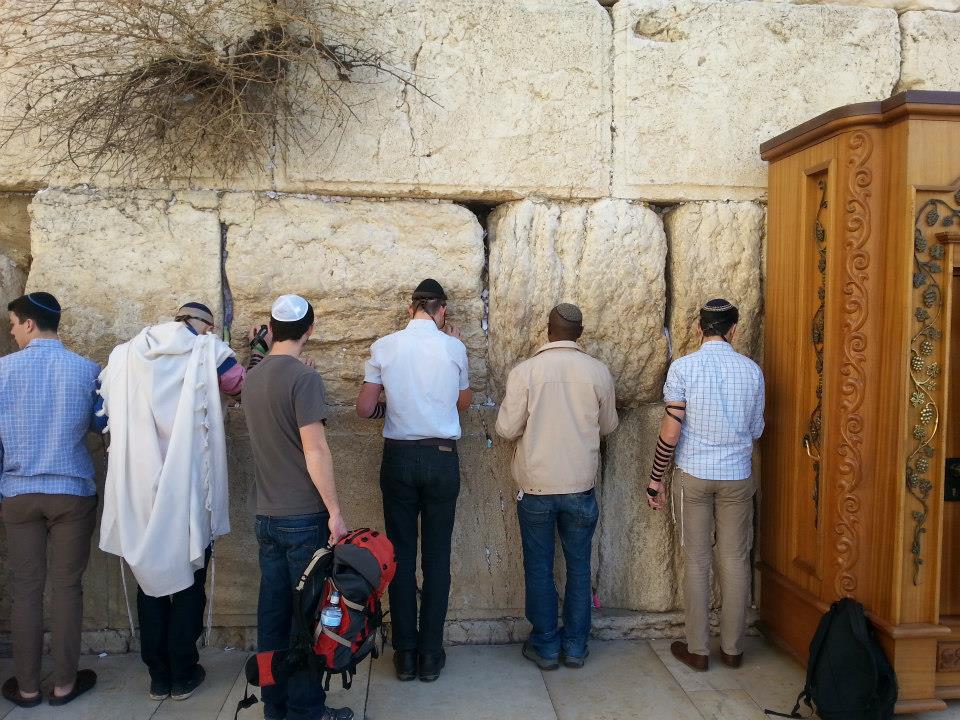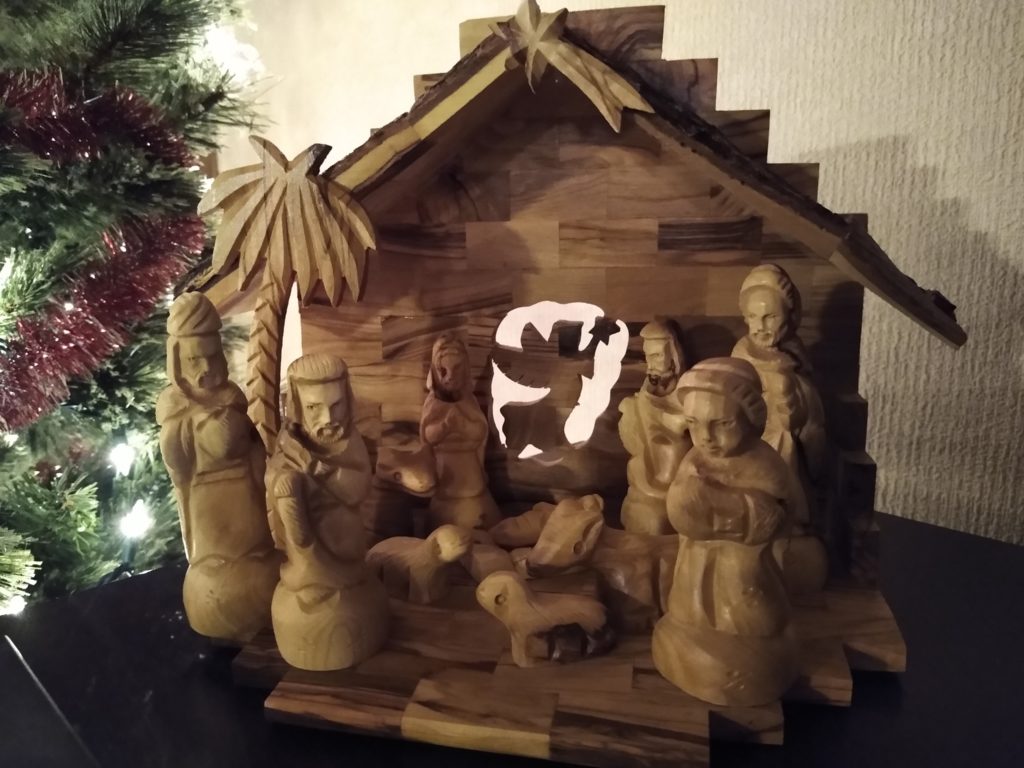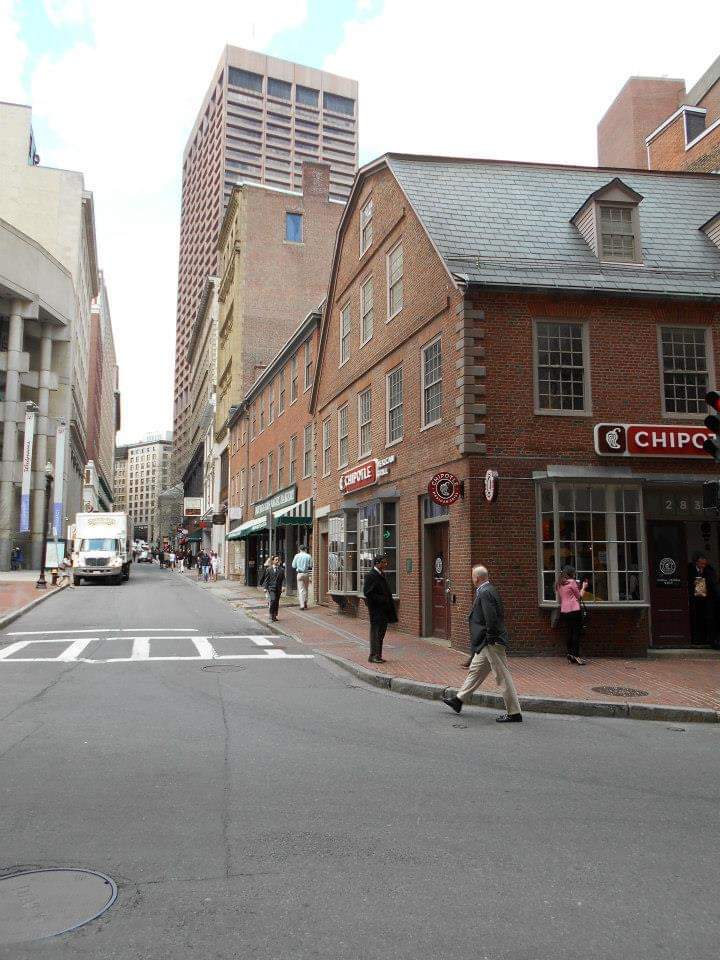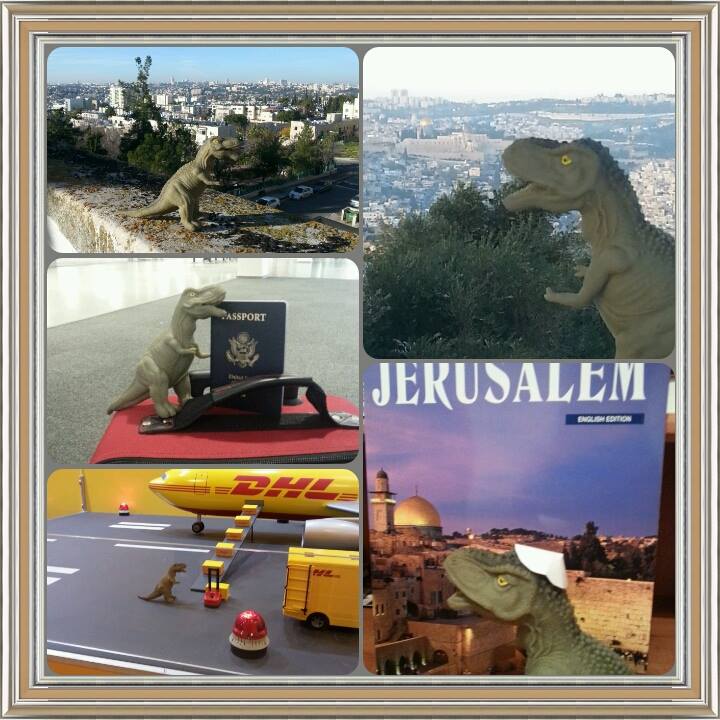
Travel Journal, 93
That's amazing!
Many years ago, my wife and I traveled to both The Netherlands and Israel separated by only one month. I have written about both trips before. But I left out one major detail regarding a certain toy dinosaur. In fact, Roary’s traveled to roughly the same places that we’ve traveled. He doesn’t always make it out of the pocket in which he rides, but he’s there nonetheless.
Our first trip to The Netherlands took us to Haarlem, adjacent to the city of Amsterdam. Our main objective was to see the Corrie Ten Boom museum. So prior to flying in, I emailed the museum inquiring about a tour, specifically an English tour. My Dutch language abilities are nonexistent. We had it all set up and ready to go. Our trip to Haarlem opened our eyes and enlightened us. I can’t speak for Roary, but I imagine that he was also enlightened. But he’s made of rubber, so who knows?
Almost exactly one month later, Roary traveled to Israel with us. We hesitate to drag Roary out on all of our adventures. To be honest with you, the logistics of bringing a toy dinosaur to museums, UNESCO heritage sites, and religious locales, borders on the absurd. Everywhere I go, it’s in the back of my mind: where can I take a picture of this crazy little dino? And then, when I have mustered the courage and bottled up my embarrassment, I reach into my bag and brandish the one and only Roary.
Heads turn. Giggles begin. I can feel the eyes looking at me or looking away. When somebody does something odd, it can be hard to put your finger on it. As a paramedic, I often see behavior that disarms other people. When people do things that don’t fit inside our mental frame or expectation, it registers as, well, odd.
So when I placed Roary on a rock ledge with the Dome of the Rock of Jerusalem in the background, I imagined that the lookers-on would scoff and jeer. But alas, no.
Our friends who lived in Jerusalem at the time took us to this location specifically to find a pose for Roary. They were getting into it. The overlook on which we stood overwhelmed us. Possibly the most important city on the planet lay before us. Parts of the Old City could be seen from here. We had already stood at the Western Wall. I’d seen bullet holes in the stone from the Six-Day war in 1967. And now we stood with the Dome in the background, the sun setting before us.
And there sat Roary, in all his regal majesty. We snapped our photos. We all laughed. And out of nowhere I heard a Dutch-tinted English voice.
“That’s amazing!”
I turned to see another traveler gawking at our escapades.
I smiled. Perhaps I didn’t hear him correctly.
“What’s that?” I ask.
“That’s amazing!”
Confused as ever, I just smiled again and said something stupid, like, “Oh yeah,” or, “thanks.” I can’t remember. The only thing stranger than me taking a picture of my toy dinosaur by the Dome of the Rock, was this older Dutch guy standing by as a curious observer.
He called his wife over. And now she began watching.
“That’s amazing,” she repeated in the same flabbergasted style.
As I neared the point of calling the Israeli loony bin, the gentleman strolled over to me and asked me a very unexpected question.
“May I borrow?”
I had no idea what he was talking about.
“My camera?” I asked. What else could he mean?
“No, no—the dinosaur!”
I slowly handed Roary over the clearly wacko Dutch guy. He reached out and grabbed him. He then hurried over to the same ledge Roary had just finished his photo shoot. He propped Roary up, jut like we had done before, and began taking his picture.
I have since that moment felt less and less embarrassed with taking pictures of Roary. People get it. It’s fun. It’s funny. And it’s something we can enjoy everywhere we go. When people look and laugh, they are most likely laughing because it’s hilarious, no because it’s embarrassing.
But this story isn’t over.
As we spoke with our new friends, they told us how they hailed from the city of Haarlem in The Netherlands. We said that we had just returned from there and excitedly told them of our trip to a lovely little museum in that very city. To top it all off, the wife exclaimed that she currently works at and curates that exact museum. In fact, I had probably been emailing with her regarding an English-speaking tour, not one month ago. She conducts the Dutch tours.
Laughs and smiles were shared all around. And I can only say that I am thankful for the little dinosaur that helps us grow closer to people around the world. He even helps to unite strangers in the most unique ways.
anthony forrest
Keep up with Roary’s Stories!
